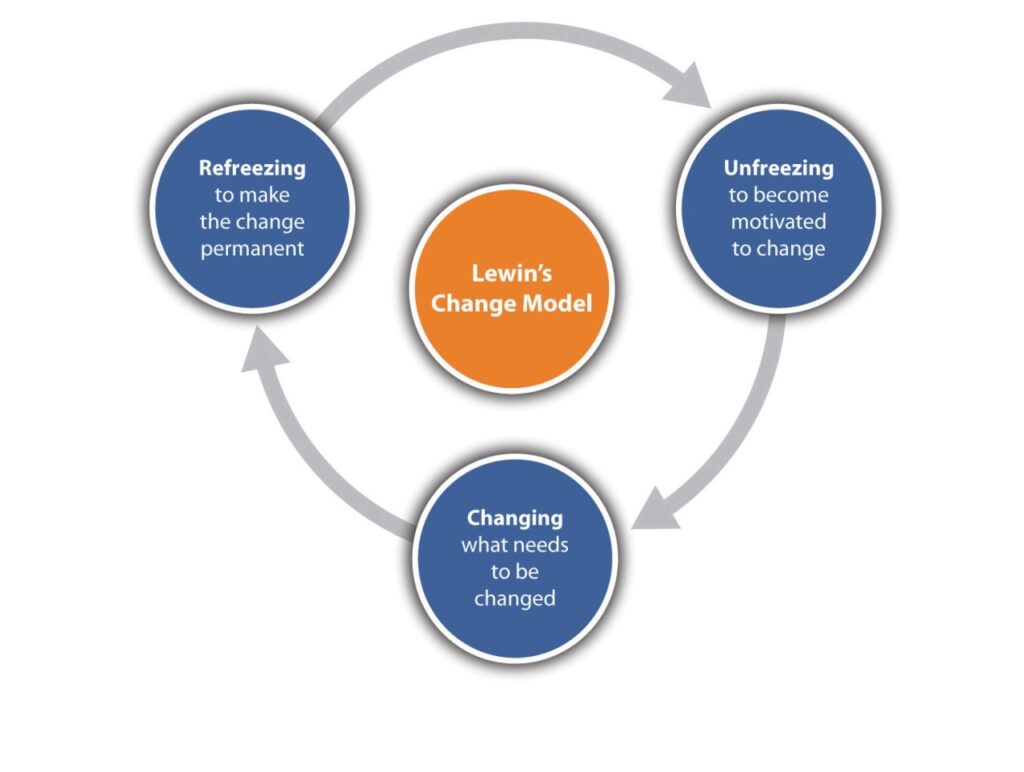Change models for a project: how they work
Managers often make changes to projects to improve them. This is common practice, but it does not always produce the expected results. Constant adjustments require team adaptation, which may not be ready for it. Change models and implementation mechanisms can help improve productivity.
Some models focus on the emotional component, while others focus on structured methods. Some of the most popular models are:
- Kübler-Ross;
- Bridges;
- Lewin;
- Kotter.
Understanding the models and their characteristics will help managers to effectively implement project improvements.
Features of the approaches
Kübler-Ross represents the change curve. It was originally developed for people who are experiencing grief. The model includes six stages: shock, denial, anger, depression, acceptance, and integration. This methodology focuses on the emotional journey when a team needs time to realise change.
Active feedback from the manager makes it easier to move through each stage. Each team member will be able to see that everyone shares their feelings and will not feel isolated.
Bridges’ Transition Model is also emotion-centred. It includes three stages:
- completion;
- neutral zone;
- a new beginning.
The approach is based on the understanding that people take different amounts of time to accept change. At the same time, not everyone is ready to accept a new beginning. One of the benefits of the model is a clear transition to change. And each team member experiences this stage differently. This approach works well for large-scale change, such as operational restructuring. The tactic is often referred to as the bridge transition model.
Lewin’s model is less concerned with the emotional component. It focuses on structuring the experience and consists of three steps:
- unfreeze;
- modify;
- refreeze.

The first stage is to eliminate outdated processes, which prepares people to accept new approaches. Changes are introduced gradually to minimise resistance. The final stage aims to consolidate new practices to prevent a return to old ways of working. This approach involves everyone in the process and ensures a smooth transformation within the organisation.
Features of the Kotter’s model
Kotter’s model consists of eight steps that focus on managing change in the business environment. These include establishing a strategic vision, creating a sense of urgency, removing barriers and other key elements. A distinctive feature of the approach is the integration of employees’ personal experience as a factor in successful adaptation.
The methodology is particularly effective in transforming corporate culture. It helps to reduce team resistance while ensuring comfort in the workplace. The approach is useful for large projects. It requires the active participation of the leader, who takes over the implementation of part of the processes. The leader’s authority and the team’s trust help to ease the transition period and increase the effectiveness of the innovation.




